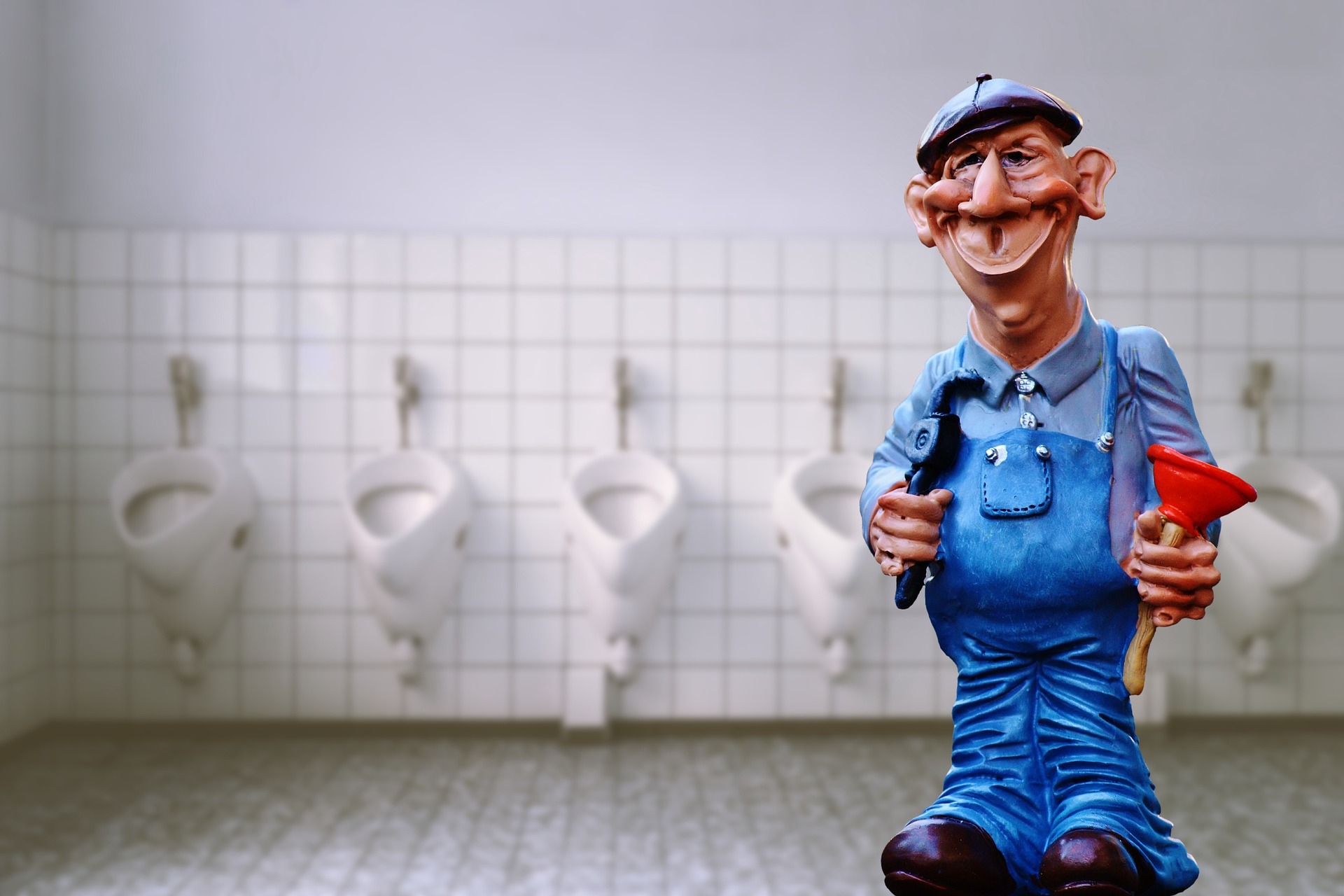Bathrooms are often plagued with plumbing issues because they are surrounded by water lines. If these malfunction, it can result in plenty of plumbing concerns, including blocked pipes and low water pressure. Below you’ll discover some of the most frequent bathroom plumbing issues and a few ways you can prevent them.
Four Common Causes of Bathroom Plumbing Problems
- Leaking Pipes: Leaking pipes are one of the main culprits behind bathroom plumbing concerns They are often caused by corrosion, loose parts, or a build-up of debris. However, sometimes leaks in pipes aren’t always noticeable. Some signs you might have a hidden leak in your bathroom include mold growth, a strong odor, or warped floors/walls.
- Low Water Pressure: Low water pressure can be very inconvenient, especially when you’re taking a shower. This problem can be caused by many different things, but some of the most being hard water accumulation, corroded pipes, or a broken water pressure monitor.
- Clogged Drains: Clogged drains can be a huge problem in bathrooms. If not immediately fixed, they could cause dripping faucets, low water pressure, and water damage. Some of the most common causes of clogged drains include hair clumps and soap residue.
- Water Overflow: Many toilets tend to have water overflow. This causes a blockage in the pipes and leads to a back-up of water. Over time, this can create a nasty aroma and could be harmful to your health.
Tips on How to Prevent Them
Watch What You Put Down Drains: One of the best ways to prevent some of these plumbing issues is to be careful about what you put down the drains.
- Clean the Showerhead: A dirty showerhead isn’t only unsightly, but it can result in low water pressure. If the showerhead gets clogged, it can cause a blockage that can prevent a steady stream of water.
- To clean your showerhead, take a large plastic bag and fill it with vinegar. Wrap the bag around the showerhead so that it soaks in the vinegar. Keep it on the showerhead for a few hours and then remove it. Once you do so, run the showerhead for a few minutes to rinse any lingering vinegar.
- Consistently Check the Toilet’s Flapper Valve: To prevent water overflow, make sure you keep an eye on the toilet’s flapper valve. This piece is located on the bottom of the tank and opens and closes to remove water. If this piece malfunctions, it won’t allow water to pass through. Some ways you can tell if the valve is broken or leaking include running water sounds and trouble flushing. If you notice these signs, you’ll need to replace them.
Plumbing issues are common in bathrooms, but by keeping the information above in mind, you can easily prevent them. If you suspect you might have a plumbing problem, consider contacting Redwood Sewer & Drain in Sonoma County. Our team will quickly identify and fix the issue to prevent further damage.

